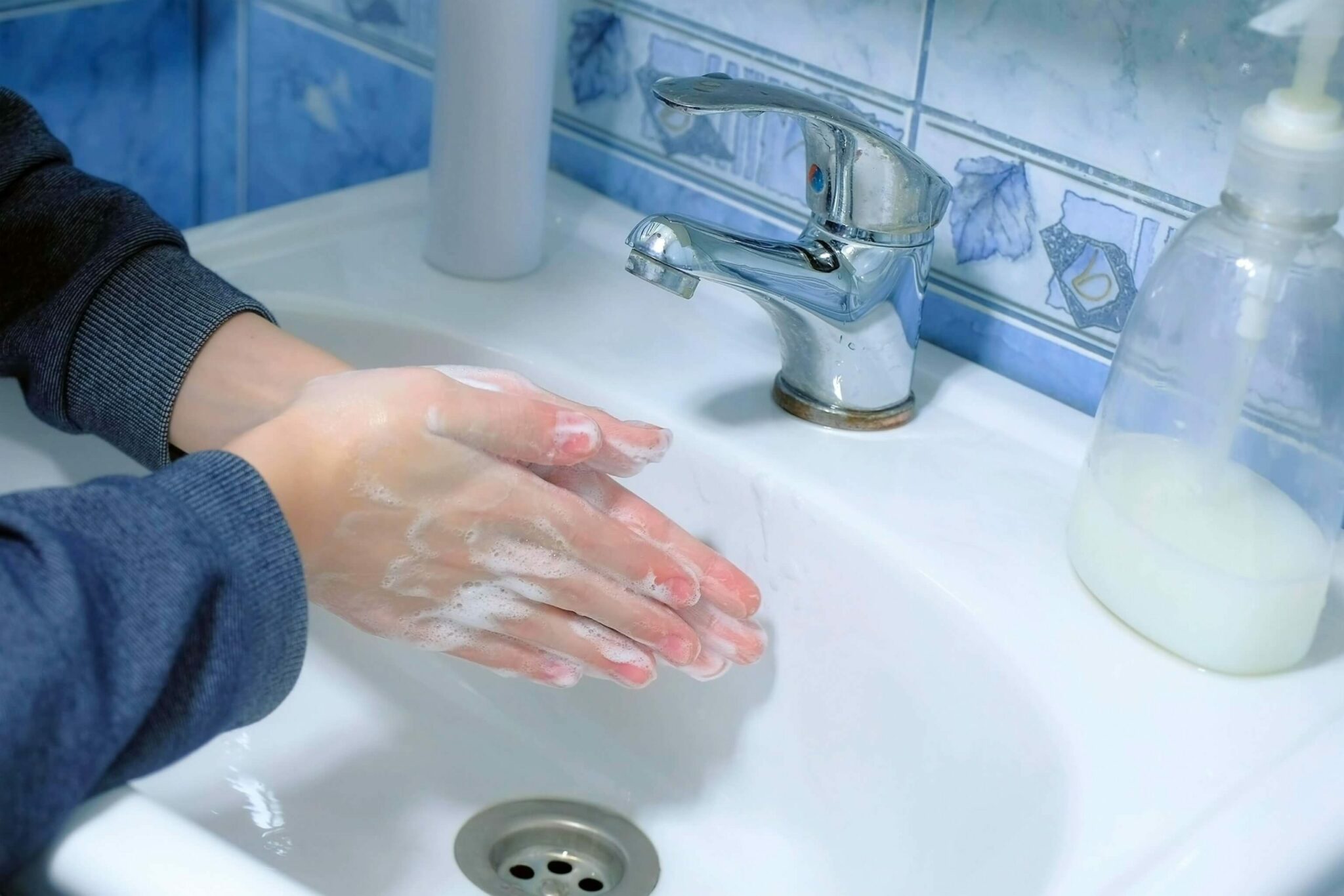OCD in Preschoolers

OCD, or obsessive-compulsive disorder, is a disorder characterized by compulsions, unwanted thoughts, and the need to repeat certain rituals over and over again, such as hand washing. These behaviors are usually irrational and are an attempt to reduce anxiety in a child. A child may fear that something bad will happen if they do not comply with these compulsive urges.
Experts believe that OCD affects as many as 2-3% of children; it often runs in families. Normally, OCD begins between 8 and 12 years old, or in the late teens and early adulthood. However, it can occur in younger children, though it is rare.
To diagnose OCD, a mental health professional will look for the following signs:
- Obsessions
- Compulsive behaviors
Obsessions and compulsions taking up a lot of time and getting in the way of normal activities like spending time with friends or going to school
Once diagnosed, OCD is typically treated with cognitive behavioral therapy, which helps the child feel more in control of life. Another possible treatment is called exposure response therapy, or ERP. This involves helping the child do the opposite of what OCD is telling them to do, so they see there are no bad consequences to ignoring compulsive behavior.
Sometimes, if the condition is moderate to severe and cognitive behavioral therapy isn’t effective enough, medication may be recommended. The type of medication will depend on the child. Most children can be treated successfully with this combination and can lead normal lives, so if your child is exhibiting unusual symptoms, call your pediatrician for advice.
Sources:
- International OCD Foundation, OCD in Kids.
- American Academy of Child and Adolescent Psychiatry, Obsessive-Compulsive Disorder in Children and Adolescents.
- MedScape, Pediatric Obsessive-Compulsive Disorder.
Powered by Bundoo®










